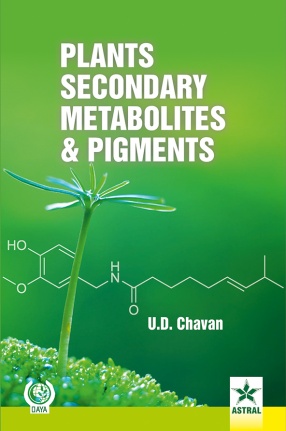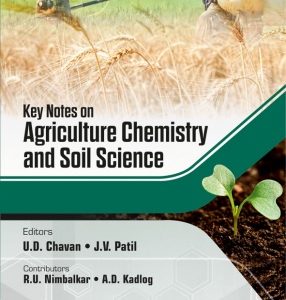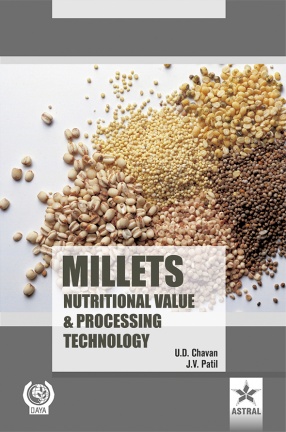Secondary products are generally small molecules when compared to the size of macro molecules such as proteins and nucleic acids. Nowadays secondary metabolites are getting very important place in human diet because they are acting as a nutraceutical and having several medicinal properties. Secondary metabolic products from plants are classified in many different ways – by their function, by the species from which it is derived; or by chemical composition. Secondary metabolites have economic value in modern industry. They are natural sources to chemical compounds important in the pharmaceutical industry, precursors to important vitamins and raw material to many industrial products.
Pigments are chemical compounds which reflect only certain wavelengths of visible light. This makes them appear “colourful”. They interact with light to absorb only certain wavelengths; pigments are useful to plants and other autotrophs organisms which make their own food using photosynthesis.
In this book 20 chapters are giving information on plants secondary metabolites and 12 chapters on plant pigments. Plants secondary metabolites and pigments history, biosynthesis, structures and their benefits to the human being by various forms are discussed in details. Therefore, I hope this book will be useful to under-graduate as well as post-graduate students in Science Faculty, in Agriculture, Food Science and Technology, Food Engineering, Biotechnology, Biochemistry, Horticulture, Home Science and Industrial Sectors.








There are no reviews yet.